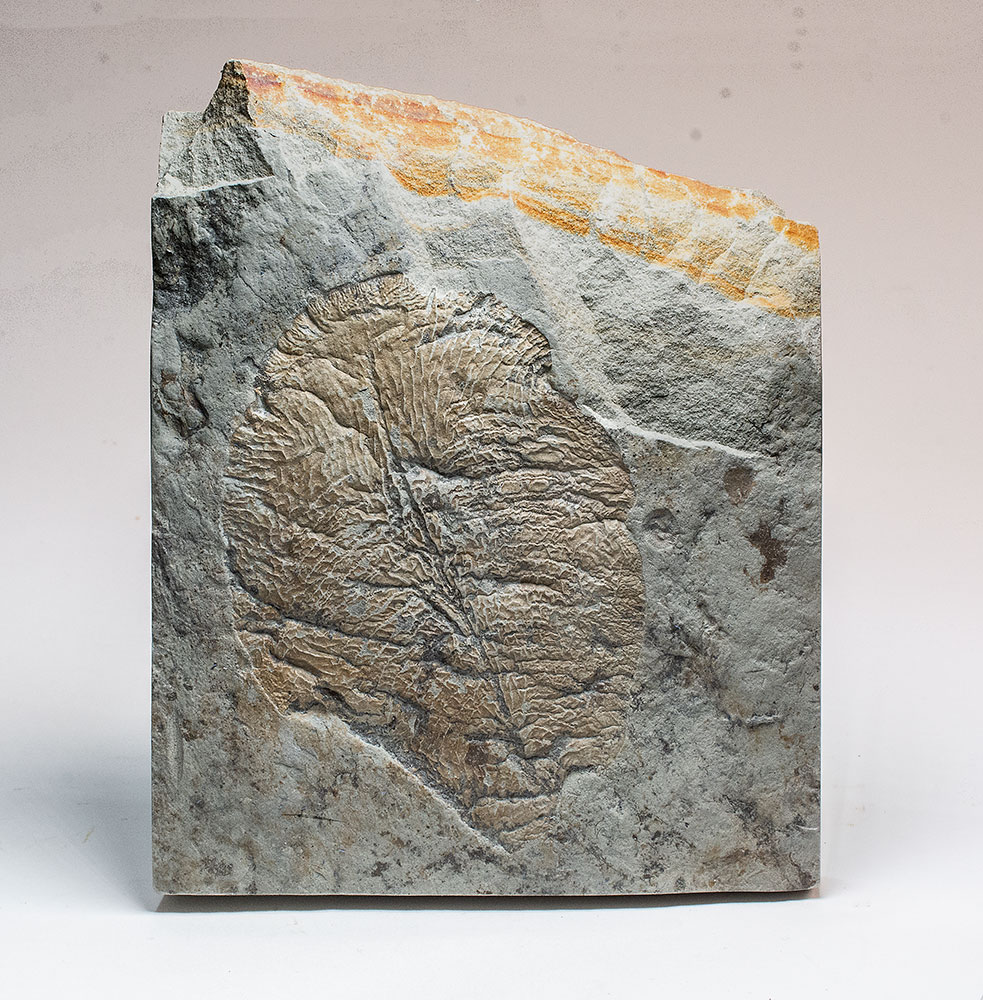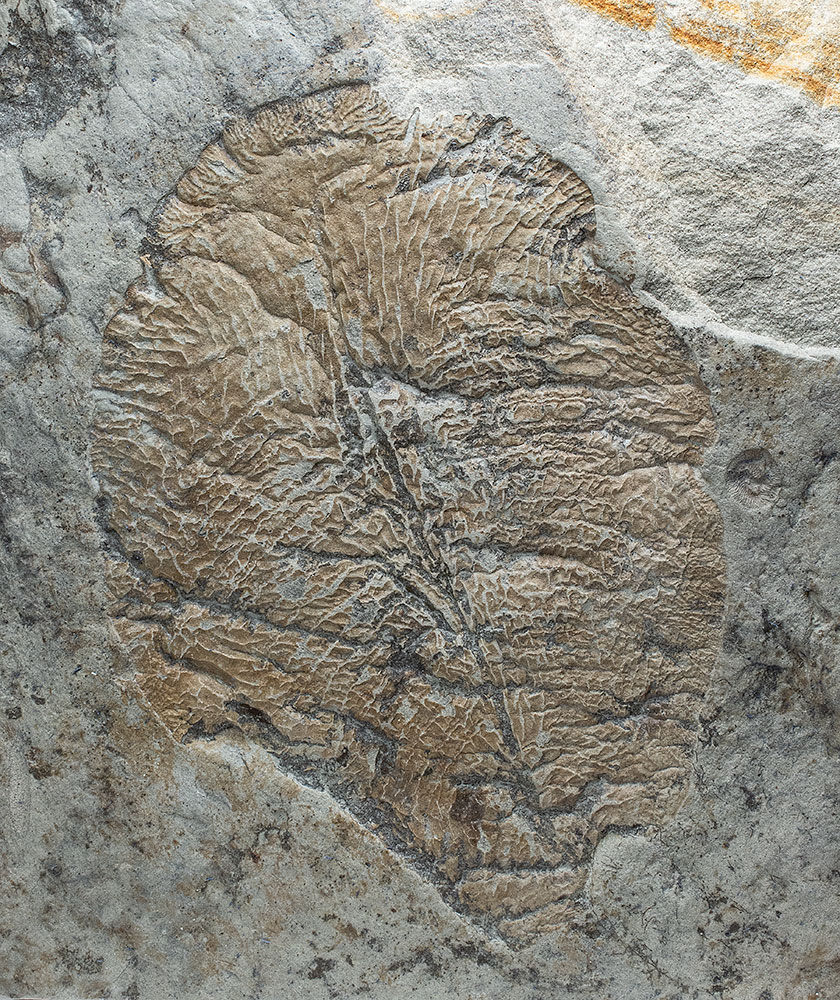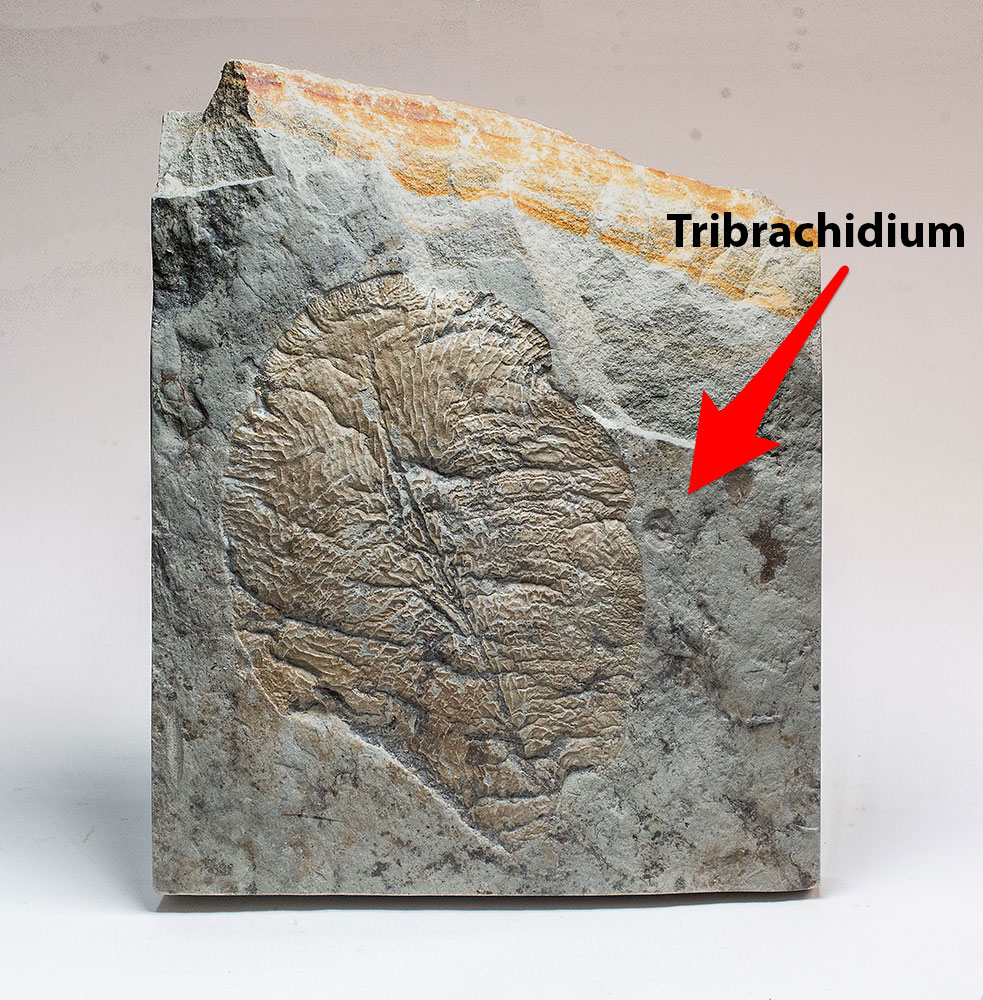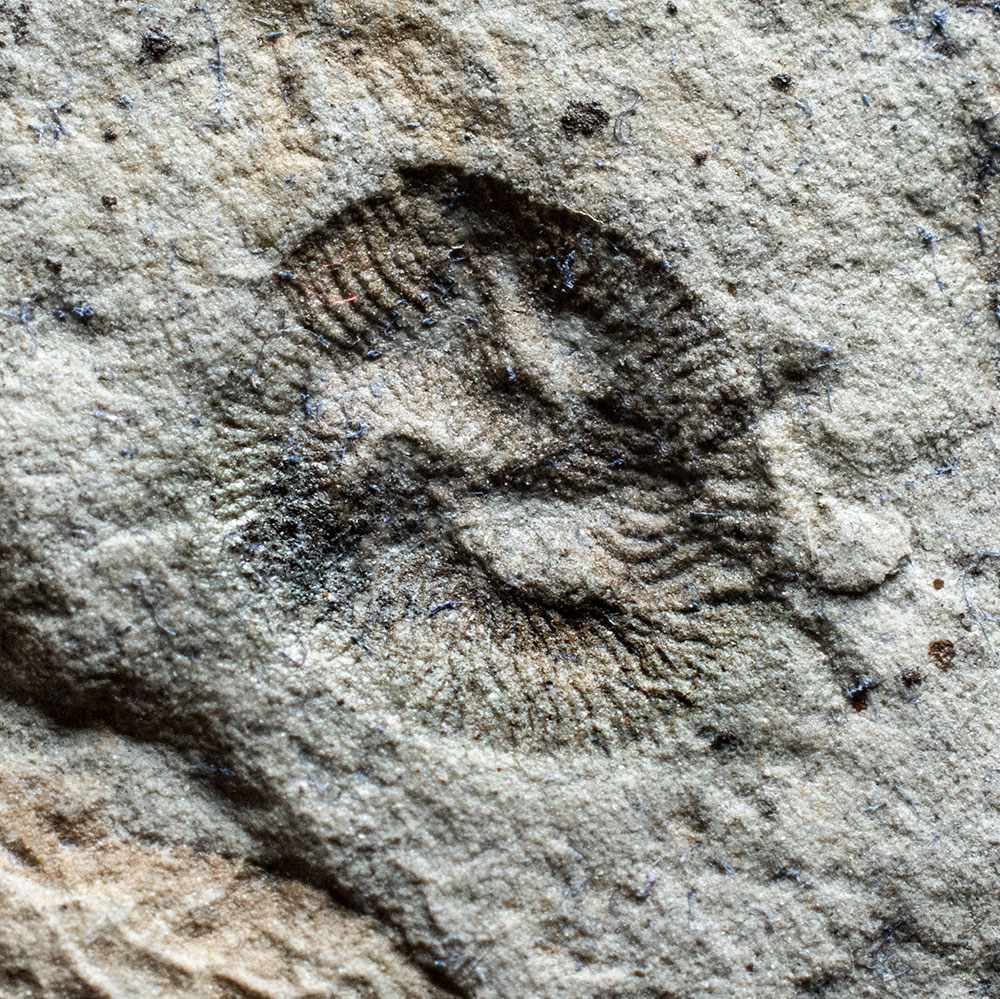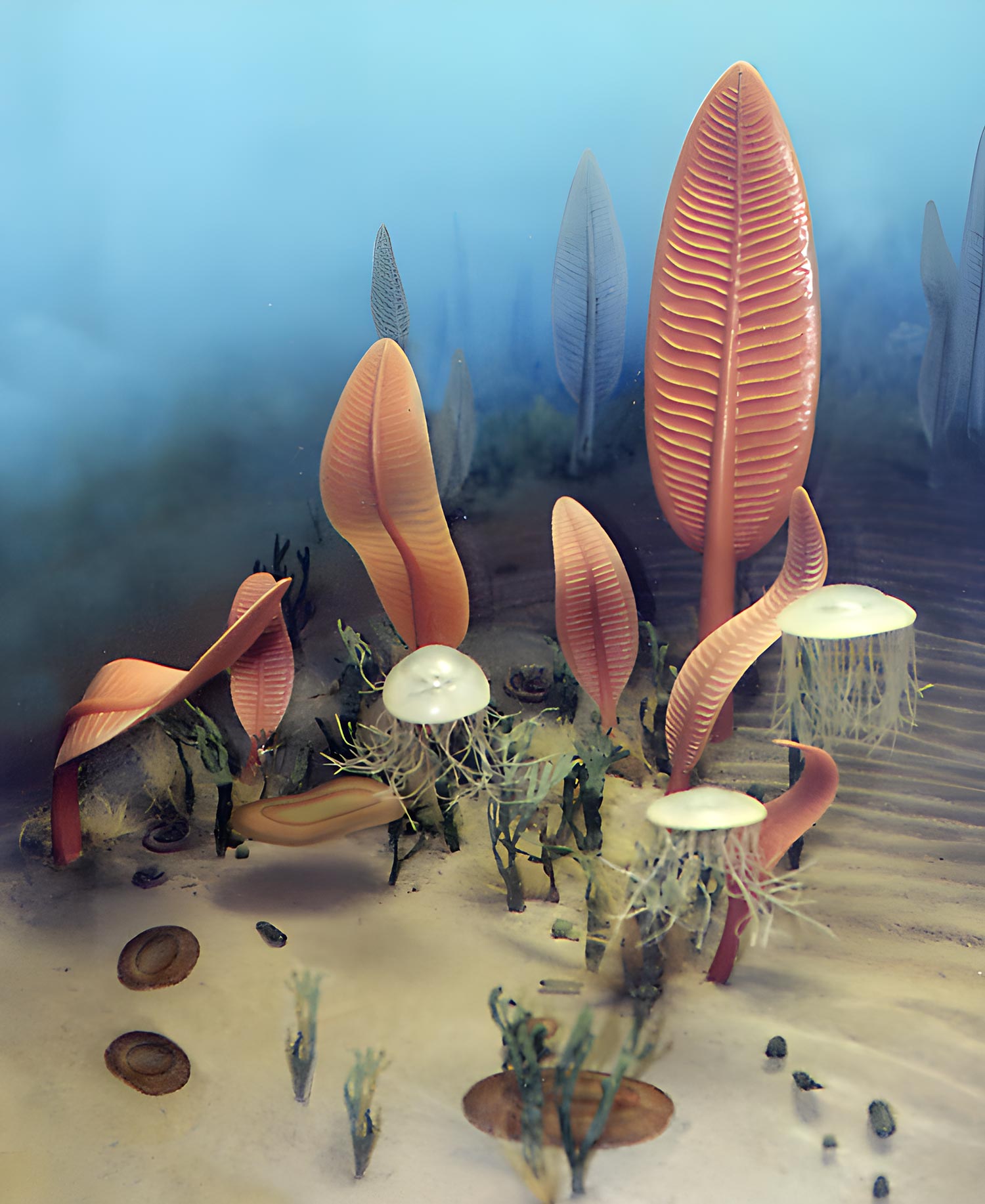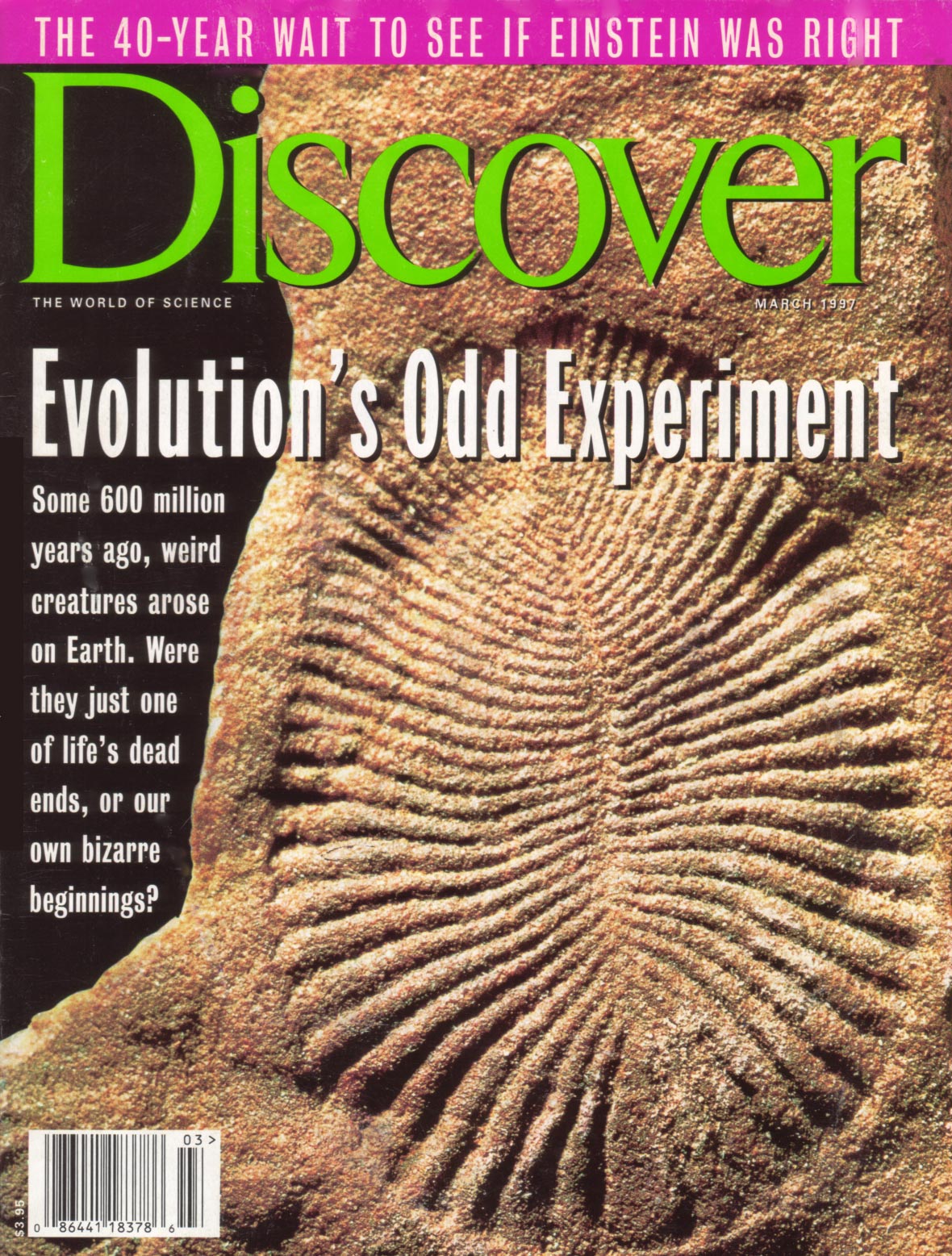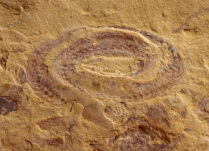Description
Yorgia waggoneri (Ivantsov, 1999) and Tribrachidium heraldicum Glaessner 1959
Precambrian
Penega Formation
East Angelsk, White Sea Russia
Large, 112mm example of a new genus of Dickinsoniid known only from Russia on big 161mm slab with high quality 7mm Tribrachidium. This one of the most ancient association pieces we’ve ever seen.
Yorgia is a genus of early animal from the Vendian Period, the time of the Ediacaran Fauna. It was disc-shaped and similar to the more famous Dickinsonia but it shows an asymmetrical body part arrangement. Trace fossils associated with some specimens indicate it was mobile. Yorgia known from the White Sea locality in Russia and the Flinders Ranges, Australia.
Tribachidium is an extinct animal that lived during the Ediacaran period, which occurred around 635-541 million years ago. It is known from the fossil record and is considered one of the iconic organisms of the Ediacaran biota.
Tribachidium is a disc-shaped animal with threefold symmetry, hence the name “tribachidium” which means “three arms”. Its body is composed of three curved arms that radiate out from a central point, forming a triangular shape. The arms are lined with smaller secondary branches, giving the appearance of a feather or fern-like structure.
The exact nature of tribachidium is still not entirely clear, as it is not closely related to any living organism. Some scientists believe it may have been a type of filter-feeding animal, while others suggest it may have been a type of algae or a colonial organism. However, because tribachidium is known only from the fossil record, much about its biology and behavior remains a mystery.
see: Ivantsov, A 1999 “A New Dickinsoniid…”, Paleontologischeskii Zhurnal 33(3) p. 211-221

